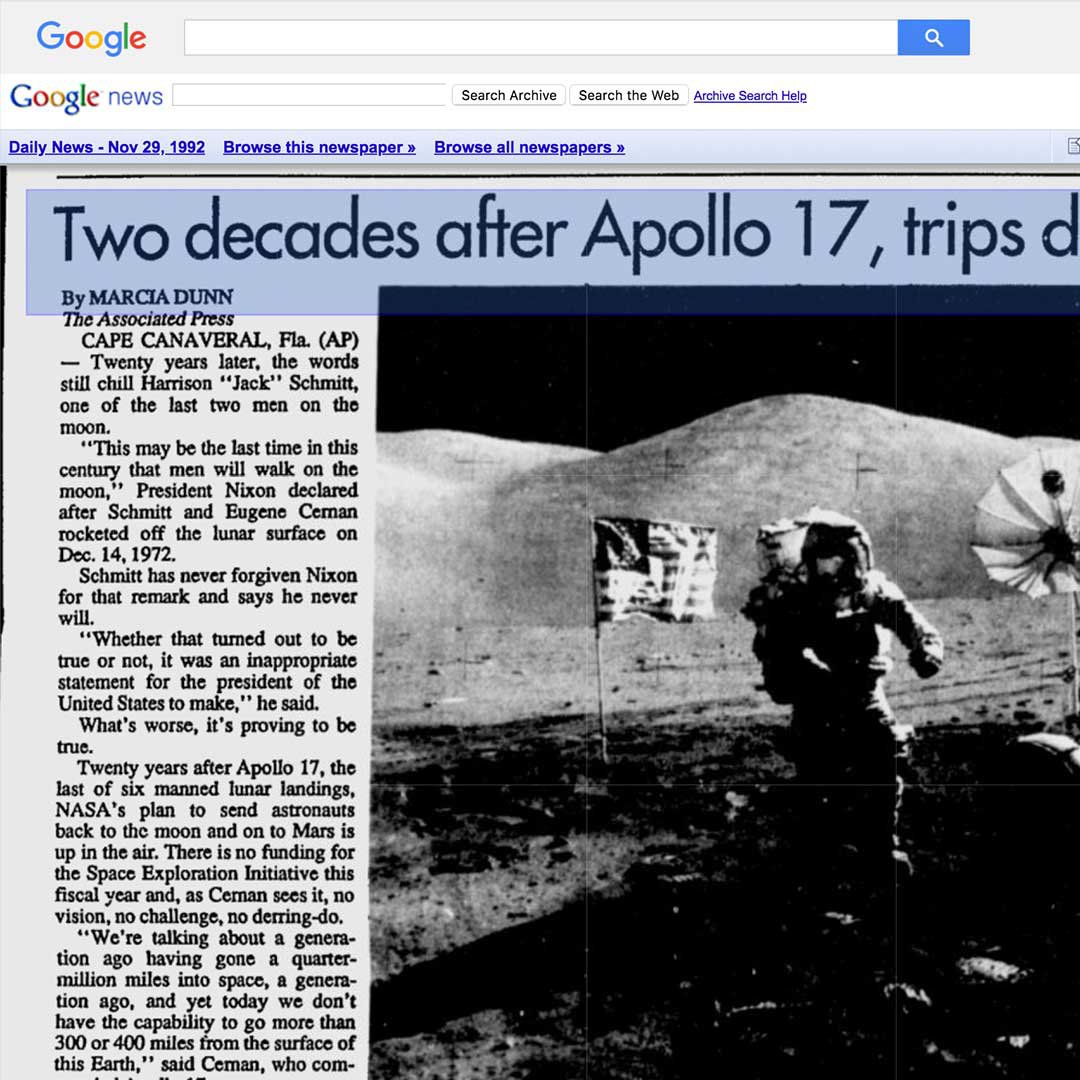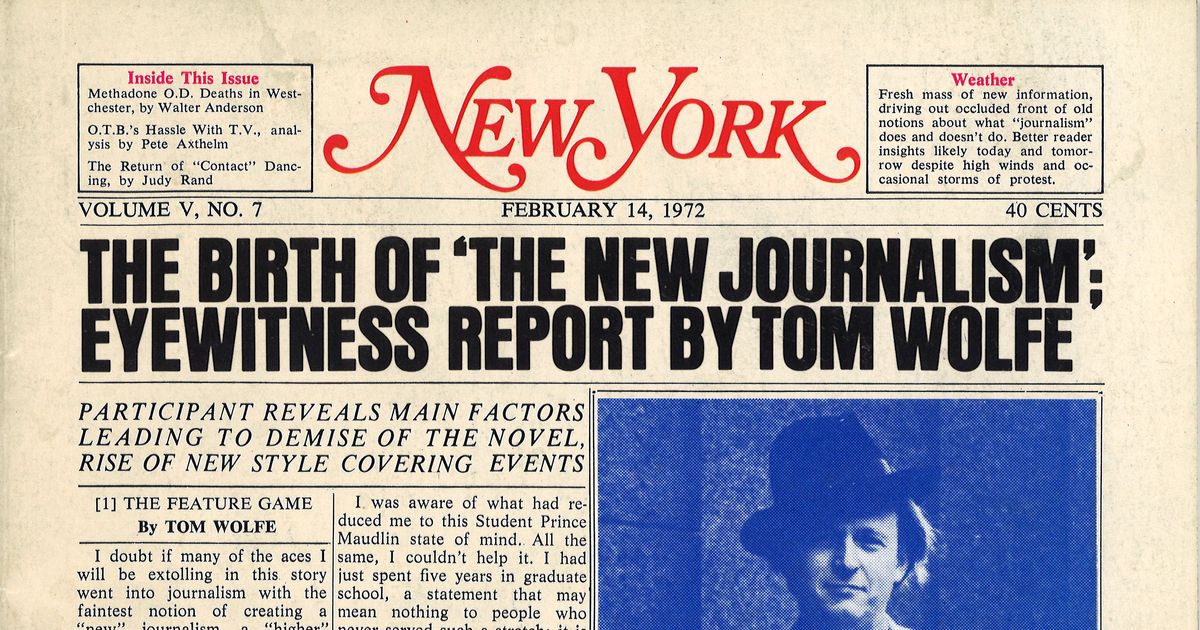News Articles Fundamentals Explained
News Articles Fundamentals Explained
Blog Article
All about News Articles
Table of ContentsThe Only Guide for News ArticlesThe smart Trick of News Articles That Nobody is DiscussingNews Articles Things To Know Before You Get ThisAn Unbiased View of News Articles3 Easy Facts About News Articles Explained
Great understanding of various subjects gives students an one-upmanship over their peers. Despite the fact that digital and social networks are readily accessible, we need to not fail to remember just how essential it is to read the newspapers. Moms and dads need to attempt and inculcate the habit of checking out a paper as an everyday routine to proceed the heritage of the adored print tool.Information stories additionally contain at the very least one of the following crucial characteristics relative to the designated target market: distance, importance, timeliness, human passion, anomaly, or consequence.
Within these limitations, newspaper article additionally aim to be detailed. Nonetheless, various other aspects are included, some stylistic and some stemmed from the media form. Amongst the larger and a lot more reputable papers, justness and equilibrium is a significant consider presenting information. Commentary is usually restricted to a separate section, though each paper may have a different general angle.
Newspapers with an international target market, for example, tend to use an extra formal design of creating. News Articles.; common design overviews consist of the and the United States Information Design Publication.
Fascination About News Articles
As a guideline, journalists will not make use of a lengthy word when a brief one will certainly do. Information authors attempt to stay clear of using the exact same word much more than when in a paragraph (sometimes called an "echo" or "word mirror").
However, headlines often leave out the subject (e.g., "Jumps From Boat, Catches in Wheel") or verb (e.g., "Feline lady lucky"). A subhead (also subhed, sub-headline, subheading, caption, deck or dek) can be either a secondary title under the primary headline, or the heading of a subsection of the article. It is a heading that precedes the major message, or a group of paragraphs of the main message.

of an article subject, informant, or interviewee), it is described as a drawn quotation or draw quote. Extra signboards of any one of these types may appear later in the article (especially on subsequent pages) to entice further reading. Journalistic web sites sometimes utilize computer animation strategies to exchange one signboard for an additional (e.g.
The 5-Second Trick For News Articles
Such billboards are also used as guidelines to the post in various other sections of the publication or website, or as advertisements for the piece in other publication or websites. Press release of the Swiss federal government. Regular framework with title, lead paragraph (summary in strong), various other paragraphs (details) and get in touch with information.

Example of a hard-lead paragraph NASA is suggesting another room job. The spending plan requests approximately $10 billion for the job.
The NASA news came as the company requested $10 billion of appropriations for the task. An "off-lead" is the 2nd most crucial front news page information of the day. The off-lead appears either in the top left edge, or directly listed below the lead on the right. To "bury the lead" is to start the short article with background details or details of second importance to the viewers, requiring them to read more deeply into a short article than they ought to need to in order to find the vital points.
News Articles for Dummies
Typical usage is that or more sentences each develop their own paragraph. Reporters usually explain the company or structure of an information tale as an inverted pyramid. The necessary and most intriguing elements of a story are put at the beginning, with supporting info complying with in order of decreasing value.
It enables people to check index out a topic to only the depth that their interest takes them, and without the imposition of details or subtleties that they could think about unimportant, however still making that details offered to extra interested readers. The upside down pyramid framework additionally allows posts to be cut to any type of arbitrary size throughout design, to fit in the space readily available.
Some writers start their tales with the "1-2-3 lead", yet there are several sort of lead available. This layout usually begins with a "5 Ws" opening paragraph (as described above), adhered to by an indirect quote that serves to support a significant component of the very first paragraph, and afterwards a direct quote to sustain the indirect quote. [] A twist can refer to multiple points: The last tale current broadcast; a "delighted" story to end the program.
Longer short articles, such as magazine cover short articles and the pieces that lead the within areas of a newspaper, are referred to as. Function stories differ from straight news in numerous methods. Foremost is the lack of a straight-news lead, the majority of the moment. Rather of using the essence of a story in advance, attribute writers might try to lure readers sites in.
Some Known Factual Statements About News Articles
An attribute's very first paragraphs often connect an interesting minute or occasion, as in an "unscientific lead". From the particulars of a person or episode, its sight quickly expands to abstract principles concerning the story's topic.

The Editor's Toolbox: A Referral Guide for Beginners and Professionals (2001) Allan M. Siegal and William G. Connolly. The New York City Times Manual of Design and Use: The Authorities Design Guide Made Use Of by the Writers and Editors of the World's The majority of Reliable Paper (2002) M. L. Stein, Susan Paterno, and R.
Report this page